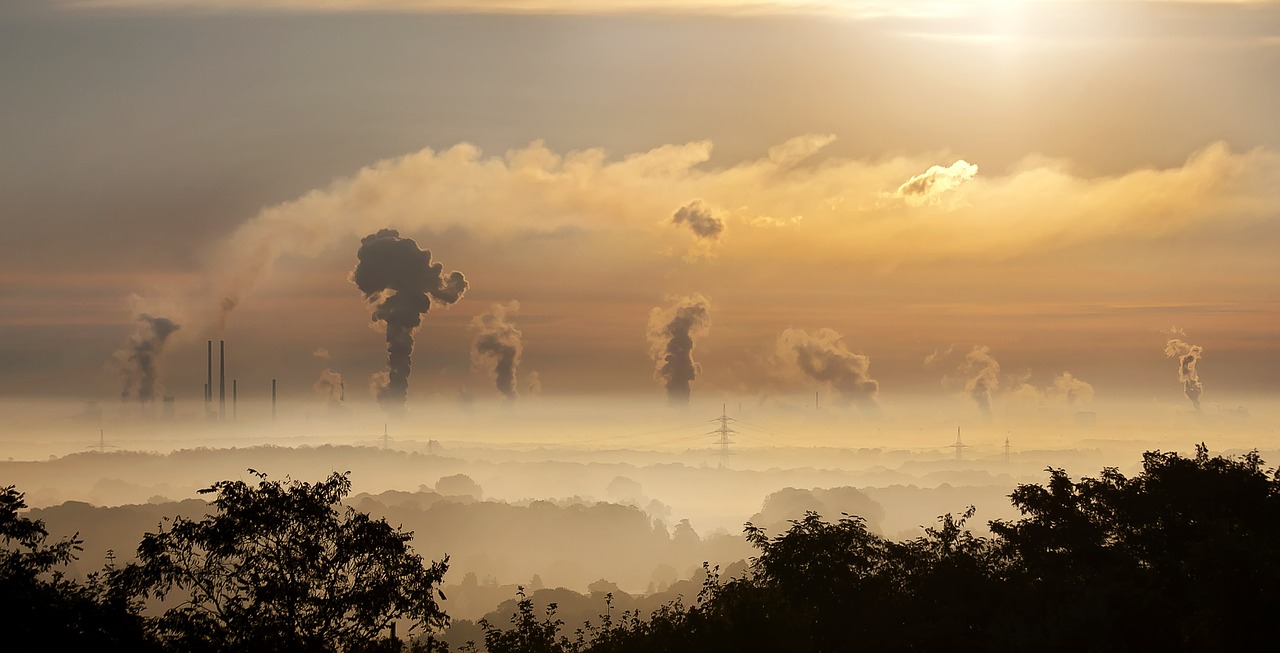The US Environmental Protection Agency (EPA) Wednesday rejected a petition by the Center for Biological Diversity to list discarded polyvinyl chloride as hazardous waste under federal law. The Center filed a petition on July 24, 2014, requesting to list discarded polyvinyl chloride as a hazardous waste under the Resource Conservation and Recovery Act (RCRA). EPA denied the petition while seeking public comments in relation to this tentative denial.
PVC or polyvinyl chloride is a common plastic used primarily in construction, packaging, and consumer goods. Currently, discarded PVC can be classified as hazardous waste under RCRA when it discharges toxic constituents in excess of standards.
According to the Environmental Protection Agency, adding discarded polyvinyl chloride as hazardous waste under RCRA would not have any ‘meaning impact’. The information provided in the petition is related to the potential exposure while using PVC. Whereas, the new rule they are seeking is limited to the environmental or health hazard caused by the ill-treatment of solid waste. The petition does not present research on hazardous exposure resulting from current waste management practices.
The petition identifies three primary potential harms. First is “Environmental exposure from marine litter.” According to the EPA, the RCRA already prohibits “open dumping of any solid waste, which includes marine plastic litter.” The second is “fugitive leachate from poorly lined landfills.” The EPA responds that the “RCRA already requires that landfills control both blowing litter and leachate.” The third potentional harm is “atmospheric exposure from incineration.” The EPA says that incineration is not governed by RCRA but under the Clean Air Act, and “[c]lassification of discarded PVC as hazardous waste could impose additional requirements for incineration facilities, but it is not clear whether such requirements would reduce phthalate emissions.” Therefore, EPA considers the request unwarranted.
Moreover, EPA replied that they have a limited number of resources which should be used in “more pressing
rulemakings, implementation, and reviews with respect to currently identified hazards under RCRA.” EPA also plans to address PVC through its strategic plan for 2022 through 2026, which prioritizes reducing waste and preventing environmental contamination. The plan includes education, outreach on waste prevention, restoring waterbodies, recycling in rural and suburban communities, reducing nonpoint source pollution, including nutrients and plastic pollution.


